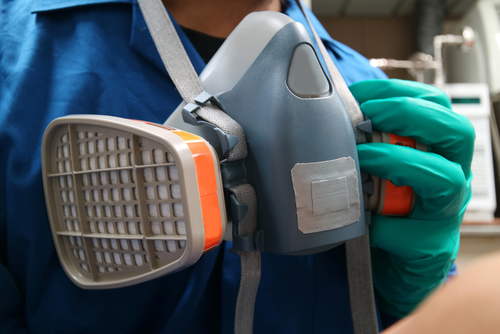
The Department of Homeland Security (DHS) Science and Technology Directorate (S&T) has released a comprehensive journal detailing the toxic inhalation hazards of industrial chemicals like ammonia and chlorine.
The Jack Rabbit II project involving multiple large-scale chlorine release experiments at the Army Dugway Proving Ground in 2015 and 2016 resulted in nine successful chlorine release trials and the peer-reviewed Journal of Atmospheric Environment.
“Large scale releases of chlorine have never been tested and studied at the volumes representative of shipments via tanker truck or railcars,” said Shannon Fox, Jack Rabbit II principle investigator and director of S&T’s Chemical Security Analysis Center (CSAC). “Outdoor field testing affords the unique opportunity to study this type of release scenario and directly address critical data and knowledge gaps to improve hazard prediction modeling, emergency response, and industrial safety and security.”
The journal contains 18 articles with two pieces co-authored by CSAC involving the Jack Rabbit II field and lab tests. Additionally, subject matter experts submitted 16 manuscripts presenting summary test results used for model inter-comparisons, results from comparisons of different dispersion models, and some results of related research on flow fields around obstructions and chemical reactions with surface materials.
“We do a substantial environmental assessment before the large-scale outdoor release and coordinate with the test site state authority, so no one is injured, and environmental impacts are minimized,” Sun McMasters, CSAC physical chemist and current Jack Rabbit program manager, said.




